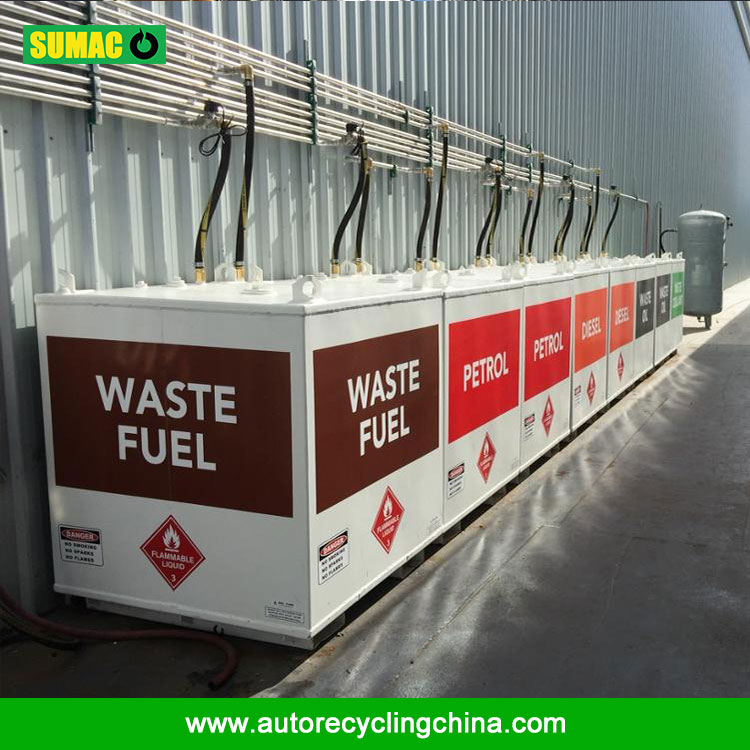When replacing a gasoline tank, there are several important things to note to ensure safety and proper installation. Here are the key points:
- Safety first: Disconnect the vehicle's battery before starting the replacement process to prevent electrical sparks. Also, work in a well - ventilated area and keep away from any ignition sources, as gasoline vapors are highly flammable. Use appropriate personal protective equipment, such as gloves and safety glasses.
- Choose the right tank: Make sure to select a gasoline tank that is specifically designed for your vehicle make and model. It should have the correct dimensions, capacity, and connection points to ensure a proper fit.
- Drain the fuel: Empty the old gasoline tank completely and dispose of the fuel properly. Use an approved fuel container to store the drained fuel.
- Remove the old tank carefully: Follow the vehicle manufacturer's instructions to remove the old gasoline tank. This may involve loosening bolts, disconnecting fuel lines, and removing brackets. Be careful not to damage the surrounding components, such as the fuel lines, electrical wires, and exhaust system.
- Inspect and clean: Before installing the new tank, inspect the area where the tank is located for any signs of damage or corrosion. Clean the area thoroughly to remove dirt, debris, and rust. Also, check the fuel lines and other related components for any signs of wear or damage and replace them if necessary.
- Install the new tank correctly: Place the new gasoline tank in the correct position and secure it with the appropriate bolts and brackets. Connect the fuel lines and other components carefully, ensuring that all connections are tight and leak - free. Reinstall any shields or covers that were removed.
-
Check for leaks: After installing the new tank, perform a leak test. You can use a pressure tester or simply check for any signs of fuel leakage around the tank and its connections. If any leaks are found, repair them immediately before using the vehicle.

